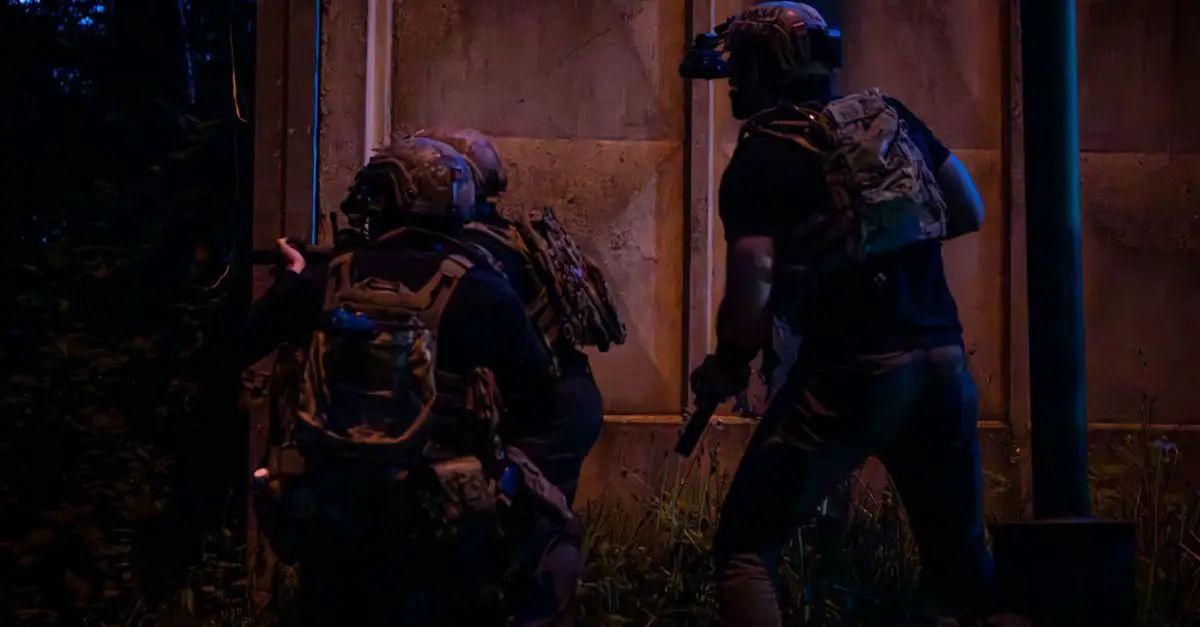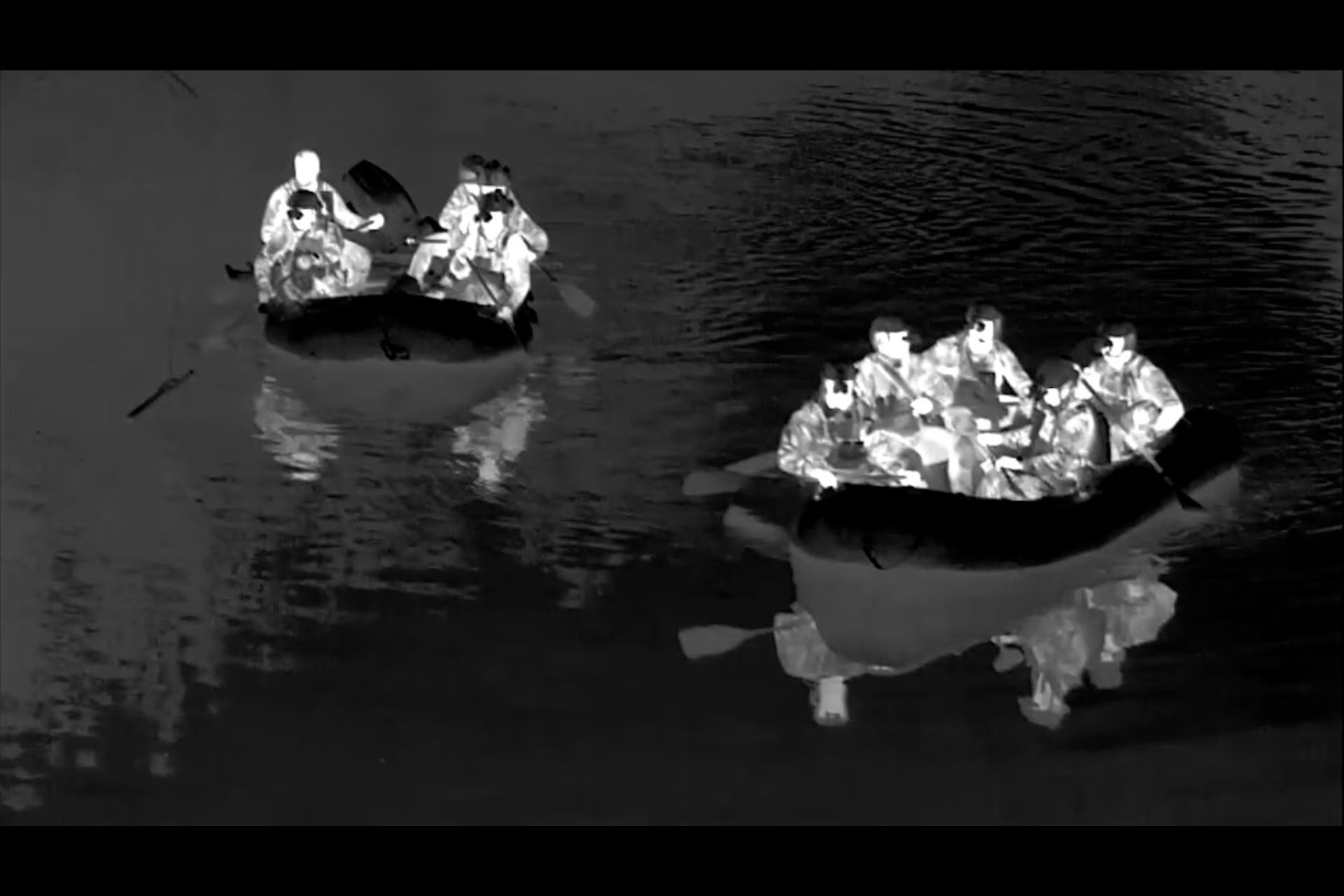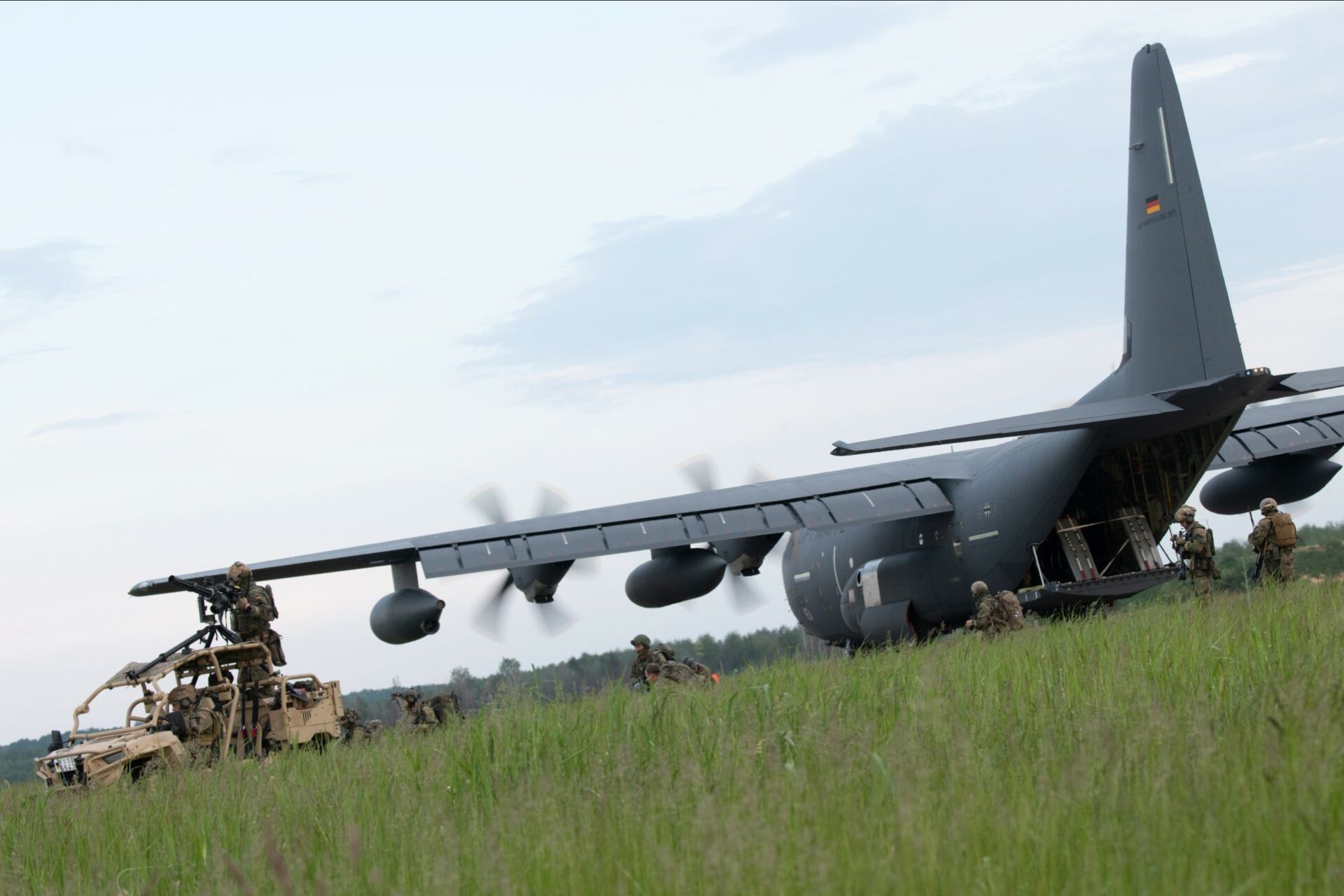Breaking News
Securing NATO Lake: Flaming Sword 24 concludes with a strong message to Moscow.
This annual multinational NATO exercise aims to enhance the cooperation and coordination capabilities of NATO special forces. This year, over 1,400 soldiers from 14 member states from the Baltic region's eastern flank participated.
Follow Army Recognition on Google News at this link

US SEALS taking position after an assault landing during Flaming Storm 24 (Picture source: US DoD)
Since the war in Ukraine, NATO special forces have intensified their cooperation on the eastern flank and elsewhere in the world.
Special forces are highly skilled military units trained for demanding and dangerous missions. They can conduct targeted attacks, perform reconnaissance behind enemy lines—gathering intelligence on the enemy—and rescue hostages. Their operations require precise planning and execution.
During the Flaming Sword exercise, operational command was handled by the Bundeswehr, which was in charge of a portion of the air assets. Over 14 countries participated in this exercise, which took place in July-August 2024. American special forces, whose elements were present, stated that Flaming Sword 24 reaffirms NATO's commitment to solidarity, transparency, and regional stability. By improving interoperability and the readiness of allied special operations forces, the exercise serves as a model for future collaborative efforts, ensuring a robust defense posture in the Baltic and Arctic regions.

Mixed SOF operators processing a assault landing on Zodiac during Flaming Storm 24 ( Picture source: US DoD)
Clear objective : martial deterrence
The objective is to demonstrate the alliance's capability to defend the Baltic region, sometimes referred to as the "NATO lake," which has become a real area of tension since the Baltic Sea countries joined the alliance.
Flaming Sword not only served as practical training for soldiers but also focused on strategic planning. The exercise simulated different scenarios: participants had to defend against cyberattacks, secure critical infrastructure, and implement combined operations on land, in the air, and at sea. These immersive scenarios allowed them to test and improve their skills in realistic environments.
The exercise in Estonia, Latvia, and Lithuania particularly focused on cooperation between the various national armed forces. Various support forces were involved, including submarines, other ships, and aircraft. In addition to soldiers, police forces, and other security forces from some participating states were involved.
With special forces from 14 different countries, there is a "very promising pool of innovative solutions," said Flotilla Admiral Stephan Plath, director of special forces within the Bundeswehr's operations command. And for the first time, Flaming Sword "tests and improves new unconventional processes in a potential application domain."

Bundeswehr SOF performing tactical landing from a german Luftwaffe C130J ( Picture source: Luftwaffe )
Coordinated Strategies and Tactics
Another key aspect of the exercise was the integration of modern technology. NATO used Flaming Sword to test new equipment and systems designed to enhance troop effectiveness and safety. This includes modern communication systems, drones, and cyber defense technologies. These innovations are essential in preparing NATO for the challenges of modern warfare.
Soldiers learned to communicate effectively and share information based on the protocols that NATO has coordinated and developed over many years. Common tactics and strategies were also compared. Furthermore, the valuable insights gained from the exercise will be integrated into future training programs.
The Flaming Sword 2024 exercise provided a platform to enhance the tactical and operational capabilities of the participating forces. It demonstrated that NATO special forces are capable of responding flexibly and in a coordinated manner to a wide range of threats. This reinforces the alliance's collective defense readiness and underscores the importance of joint exercises and training.


























